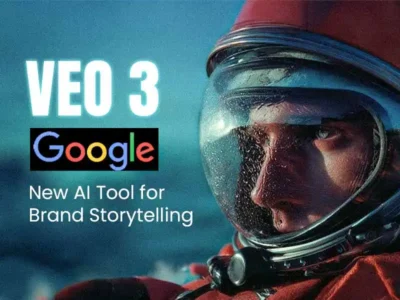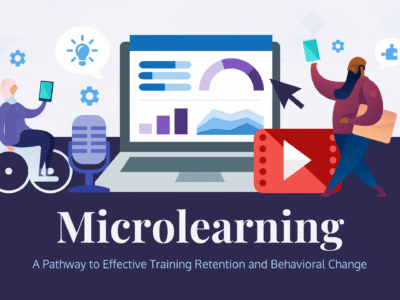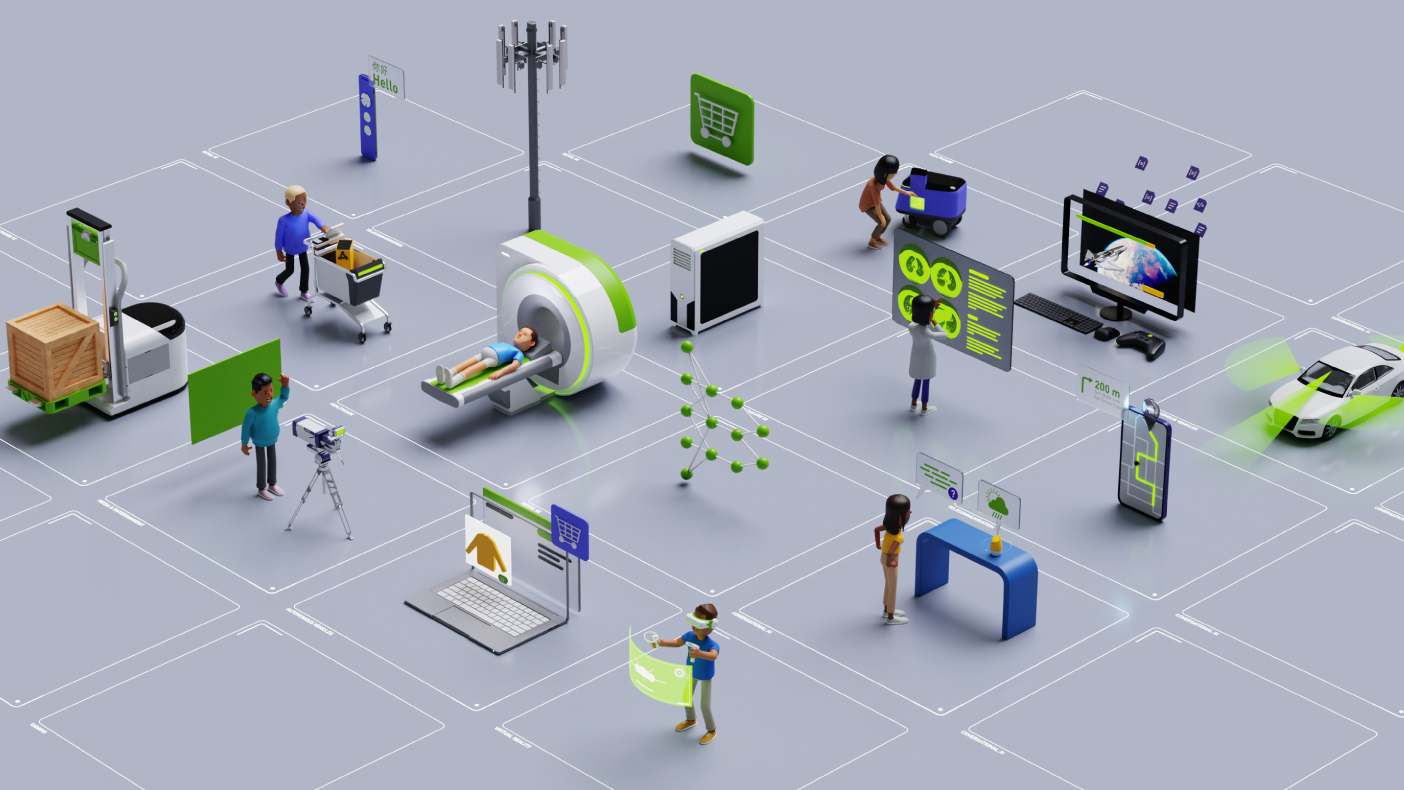Edge & IoT Mastery: Building Intelligent Systems at the Network Edge
Duration: 8–10 Weeks (or Self-Paced)Level: Beginner to IntermediateFormat: Video Lectures, Code Labs, Simulations, Hardware Demos, Quizzes, Final ProjectTools & Platforms: Raspberry Pi, Arduino, Node-RED, MQTT, Python, AWS IoT Core, Azure IoT Hub, Google Cloud IoT Course Objective To equip learners …
Overview
Duration: 8–10 Weeks (or Self-Paced)
Level: Beginner to Intermediate
Format: Video Lectures, Code Labs, Simulations, Hardware Demos, Quizzes, Final Project
Tools & Platforms: Raspberry Pi, Arduino, Node-RED, MQTT, Python, AWS IoT Core, Azure IoT Hub, Google Cloud IoT
Course Objective
To equip learners with the essential skills to build, deploy, and manage edge devices and IoT systems. The course integrates sensors, microcontrollers, data transmission, cloud integration, edge AI, and real-world use cases for smart cities, healthcare, agriculture, and industrial automation.
Module 1: Introduction to IoT and Edge Computing
Topics Covered:
-
What is IoT? What is Edge Computing?
-
IoT vs Traditional Computing Systems
-
The Evolution of Edge Computing
-
Relationship Between IoT, Edge, Fog, and Cloud
-
Key Use Cases in Healthcare, Smart Cities, Agriculture, and Industry 4.0
Learning Outcome:
Understand the concepts, benefits, and applications of IoT and edge computing in real-world systems.
Activities:
-
Identify and analyze an everyday IoT system in your environment
-
Create a diagram showing the IoT-to-Cloud workflow
Module 2: IoT Architecture and Components
Topics Covered:
-
Layers of IoT Architecture: Perception, Network, Processing, Application
-
IoT Devices and Sensors
-
Actuators and Microcontrollers (Raspberry Pi, Arduino, ESP32)
-
Gateways and Protocols Overview
-
IoT Development Boards Comparison
Learning Outcome:
Become familiar with the physical and logical structure of IoT systems and hardware options.
Activities:
-
Build your first “Hello, IoT!” LED blinking circuit using Arduino or ESP32
-
Identify the sensor types used in a smart farming setup
Module 3: Communication Protocols for IoT
Topics Covered:
-
Introduction to M2M and IoT Communication
-
MQTT (Message Queuing Telemetry Transport)
-
CoAP (Constrained Application Protocol)
-
HTTP/HTTPS in IoT
-
BLE, Zigbee, LoRa, NB-IoT Overview
-
Edge Device Communication with the Cloud
Learning Outcome:
Understand how edge and IoT devices communicate and how to select appropriate protocols.
Activities:
-
Publish and subscribe to a topic using MQTT broker and client
-
Simulate IoT messaging using Node-RED and Mosquitto MQTT
Module 4: Programming Edge Devices
Topics Covered:
-
Getting Started with Arduino and ESP32
-
Python Programming on Raspberry Pi
-
Interfacing Sensors and Collecting Data
-
Edge Device Security: Credential Storage, TLS
-
Local Data Processing and Logging
Learning Outcome:
Program real-world IoT devices and build edge apps that interact with sensors and actuators.
Activities:
-
Build a temperature monitor with ESP32 that sends real-time data to the serial monitor
-
Configure a Raspberry Pi to log sensor data to a local CSV file
Module 5: Edge Computing & Local Intelligence
Topics Covered:
-
The Need for Edge Analytics
-
Edge AI: Running ML Models on Edge (TinyML, TensorFlow Lite)
-
Comparing Cloud, Fog, and Edge Processing
-
Energy Efficiency and Latency Reduction
-
Real-Time Decision Making on Edge Devices
Learning Outcome:
Leverage edge devices to perform low-latency, intelligent processing without cloud dependency.
Activities:
-
Run a pre-trained image recognition model on a Raspberry Pi
-
Compare inference latency of a model running on edge vs cloud
Module 6: Cloud Integration & IoT Platforms
Topics Covered:
-
Overview of Major IoT Cloud Platforms (AWS IoT, Azure IoT Hub, Google Cloud IoT)
-
Device Registration and Security
-
Telemetry Data Ingestion and Processing
-
Creating Dashboards and Alerts
-
Integration with Serverless Functions (Lambda, Azure Functions)
Learning Outcome:
Connect edge devices to the cloud, monitor data, and trigger cloud actions based on IoT events.
Activities:
-
Connect an ESP32 to AWS IoT Core using MQTT
-
Create a dashboard to monitor real-time temperature and humidity data
Module 7: Data Storage, Visualization, and Analytics
Topics Covered:
-
Local vs Cloud Storage for IoT
-
Time Series Databases (InfluxDB, Firebase, DynamoDB)
-
Visualization Tools (Grafana, Power BI, ThingsBoard)
-
Basic Analytics and Rule-Based Event Triggers
-
Anomaly Detection for IoT Devices
Learning Outcome:
Log, store, and visualize data from IoT systems, and perform basic analytics to gain insights.
Activities:
-
Create a real-time data chart using InfluxDB and Grafana
-
Design alert rules to detect temperature spikes in sensor data
Module 8: IoT Security and Privacy
Topics Covered:
-
Common IoT Threats: Device Hijacking, Eavesdropping, Man-in-the-Middle
-
Securing Communications: TLS, Encryption, Authentication
-
Device Hardening Best Practices
-
GDPR and IoT Compliance
-
OTA Updates and Secure Firmware Management
Learning Outcome:
Secure IoT systems and understand risks associated with edge device deployment.
Activities:
-
Implement basic TLS encryption using MQTT with secure certificates
-
Review and apply device security checklist on a deployed board
Module 9: Industrial IoT (IIoT) and Smart Systems
Topics Covered:
-
Overview of IIoT in Manufacturing and Automation
-
OPC-UA Protocol for Industrial Systems
-
Smart Homes, Smart Cities, and Smart Grids
-
Predictive Maintenance and Digital Twins
-
Edge AI for Industrial Use Cases
Learning Outcome:
Explore advanced IoT use cases in industrial and smart environments, including automation and monitoring.
Activities:
-
Simulate a smart factory using Node-RED
-
Build a simple smart home control panel interface
Module 10: Capstone Project and Career Pathways
Capstone Project Options:
-
Build a smart agriculture system that monitors soil and climate data
-
Create a home automation system that controls lights, fans, and sensors
-
Deploy an edge AI model for detecting anomalies in machinery vibration
Final Assessment:
-
Comprehensive quiz covering all modules
-
Capstone project report, video walkthrough, and live or recorded demo
Career Insights:
-
Roles: IoT Developer, Edge Engineer, Embedded Systems Designer, Cloud IoT Architect
-
Key Certifications: Microsoft Azure IoT, AWS Certified IoT Core, CompTIA IoT+, Arduino IoT Certification
-
Building an Online Portfolio and GitHub Repository for IoT Projects
Certificate of Completion:
Awarded to learners who complete the entire course and submit the capstone project.
Bonus Resources
-
Hardware Shopping Guide: Raspberry Pi, Sensors, Arduino Kits
-
Sample IoT Project Templates and Code Repositories
-
Datasheets and Circuit Diagrams Library
-
IoT Developer Roadmap (PDF)
-
Access to IoT Hackathons and Community Challenges
Teaching Methodology
-
Modular video lectures and animations
-
Downloadable circuit diagrams and code snippets
-
Step-by-step hands-on labs and simulations
-
Virtual device emulators for students without hardware
-
Discussion forums and weekly peer review
-
Final project showcase for real-world application
Target Audience
-
Students and engineers interested in embedded systems or IoT development
-
Professionals in IT, electronics, and automation exploring edge computing
-
Hobbyists, innovators, and educators building smart devices
-
Startup founders exploring industrial or consumer IoT solutions







